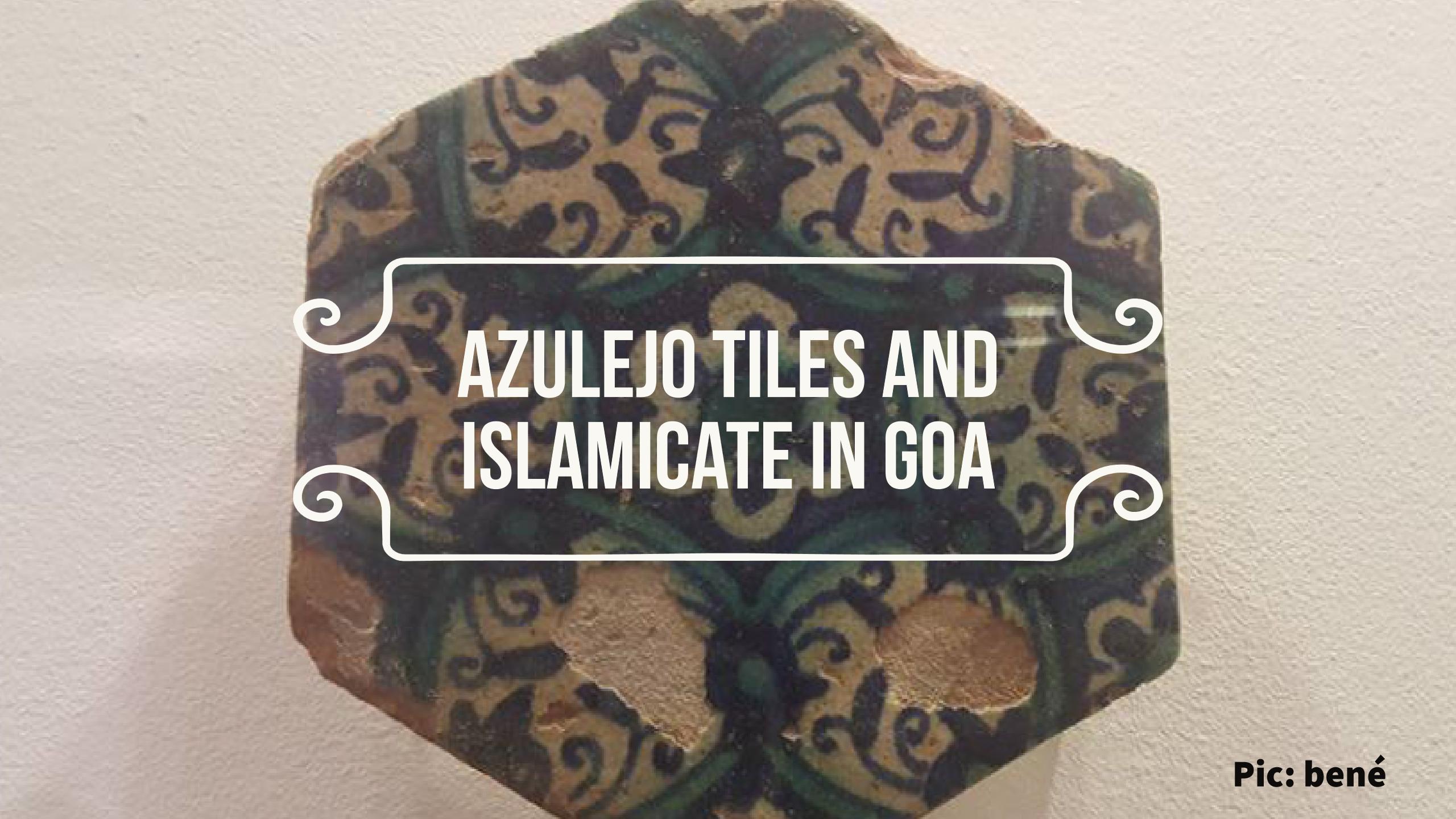Tourism’s Unsustainable Consumption of Goa
By VISHVESH KANDOLKAR
ABSTRACT
At once uniquely regional, yet possessing international cache, it is Goa’s Portuguese past that makes this now-Indian territory a site of consumption. Located along the western coast of the Indian subcontinent, it is not only the ‘sights’ of Goa that have been commercialized, but the very ‘site’ that has been occupied as elite India’s playground. Goa is overburdened with tourism-based real-estate development, and, the latest trend is to own a second home, catering to the needs of the elites from the urban metropoli like Bombay and Delhi. Such second homes add to the environmental concerns of the place, especially when the basic needs of housing for the locals are ignored. This paper argues that luxury second homes, even if they are certified as ‘green’, are in fact environmentally as well as socially unsustainable for a given place.
Keywords: Goa, Sustainability, Second homes, Tourism





